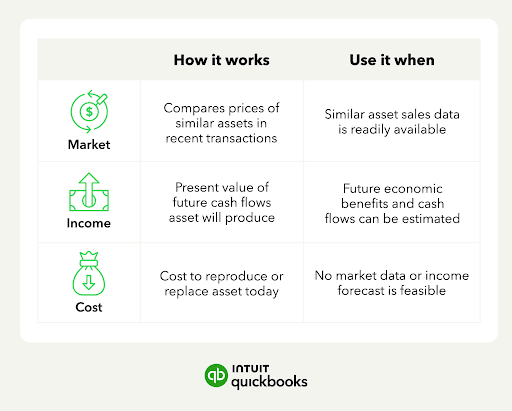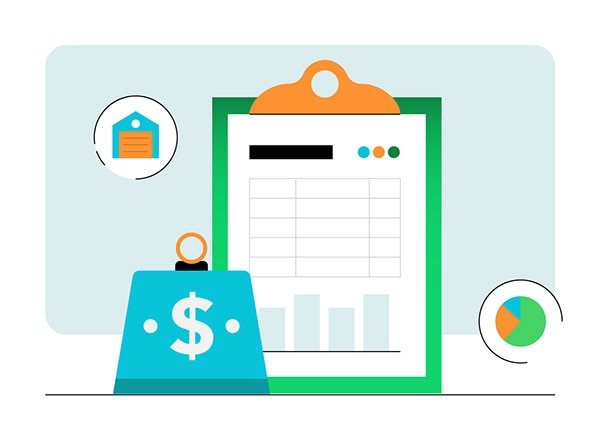Types of intangible assets
Not all intangible assets are the same. Here’s a breakdown of the most common types.
Goodwill
Goodwill represents the excess value a company pays when acquiring another business beyond its identifiable assets and liabilities.
- What it reflects: Non-physical factors like brand reputation, customer loyalty, strong employee relationships, and proprietary processes—elements that contribute to a company’s earning power but aren’t individually listed on the balance sheet.
- How it’s created: Goodwill is only recorded when one company purchases another for more than the fair value of its net assets. It cannot be generated internally through brand-building, marketing, or organic growth.
- Accounting treatment: Unlike most intangible assets, goodwill is not amortized over time. Instead, it’s tested regularly for impairment—an accounting process to assess whether the goodwill still holds its original value. If it’s found to be impaired (due to poor performance, for example), the company must write down the value and recognize a loss on the income statement.
Goodwill example
A company acquires a competitor for $10 million, even though the competitor’s identifiable assets are worth only $8 million. The extra $2 million is recorded as goodwill, representing the value of the competitor’s brand, customer relationships, and reputation.
Brand recognition and trade names
Brand recognition refers to the extent to which consumers can identify a brand by its attributes—such as name, logo, or packaging—without explicit mention. Trade names are the official names under which a company conducts business. Both are considered intangible assets because they lack physical substance but contribute significantly to a company's value by influencing consumer behavior and fostering loyalty.
- What they reflect: These assets reflect the reputation, customer loyalty, and market presence a company has built over time. Strong brand recognition and trade names can lead to increased sales, the ability to charge premium prices, and a competitive edge in the market.
- How they’re created or acquired: Brand recognition is typically developed internally through consistent marketing efforts, quality products or services, and customer engagement. Trade names can be created internally or acquired through business combinations.
- Accounting treatment: Brand recognition and trade names are only recorded as intangible assets when they’re acquired through a purchase, like when one company buys another. They aren't listed on the balance sheet if developed internally through marketing or brand-building.
Trade name example
A globally recognized trade name, such as a leading athletic brand or fast-food chain, has significant intangible value. Customers are more likely to choose it over unfamiliar names, even if the product is more expensive. This loyalty isn’t tied to a physical product but to the reputation, trust, and familiarity the brand has built over time.
Copyrights
Copyrights are legal protections that grant creators exclusive rights to their original works—such as books, music, films, software, or visual art. These rights allow the creator to control how the work is used, copied, distributed, adapted, or displayed, helping to protect their intellectual and financial interests.
- What they reflect: Copyrights represent ownership of intellectual property. They reflect a creator's right to benefit from their work and prevent others from using it without permission. For businesses, copyrights can be a valuable asset when tied to revenue-generating content like apps, media, marketing materials, or proprietary training content.
- How they’re created or acquired: Copyright protection is automatically granted upon creation of the original work in a tangible form (e.g., written, recorded, or saved digitally). However, formal registration with the U.S. Copyright Office strengthens legal rights, particularly in enforcement and potential damages.
- Accounting treatment: Copyrights are only recognized as intangible assets when they’re acquired as part of a transaction, such as a business purchase. In those cases, they qualify as amortizable assets under Section 197 of the U.S. tax code.
Copyright example
A tech company creates an app and registers its copyright, securing exclusive rights to sell, license, or distribute the code.
















